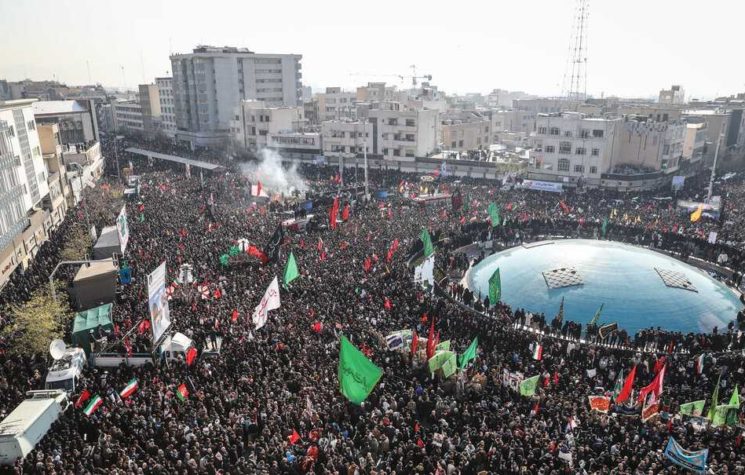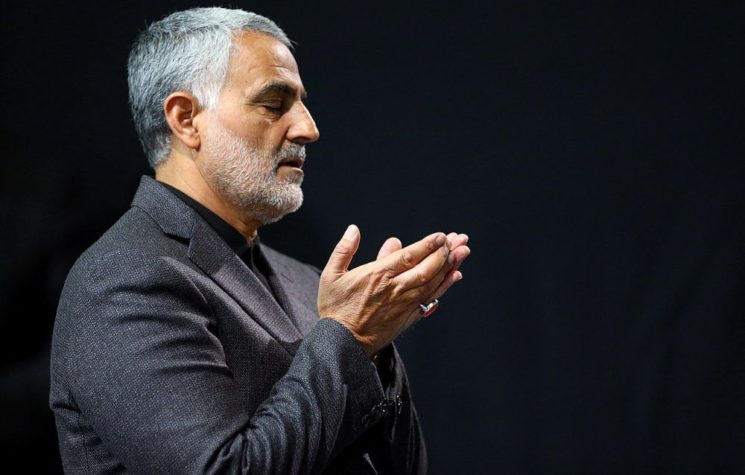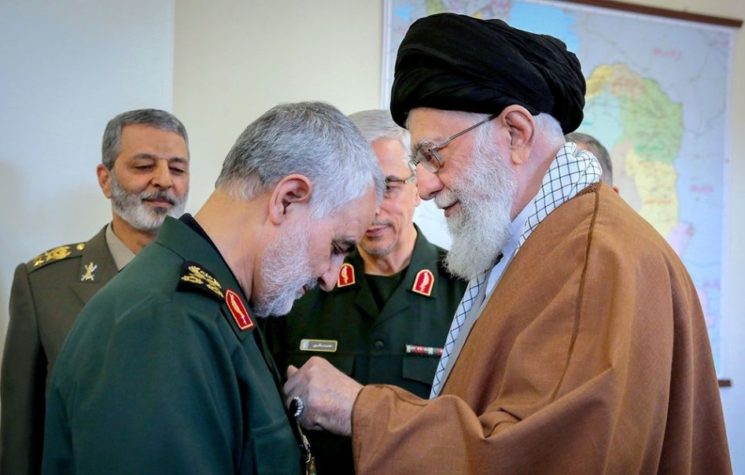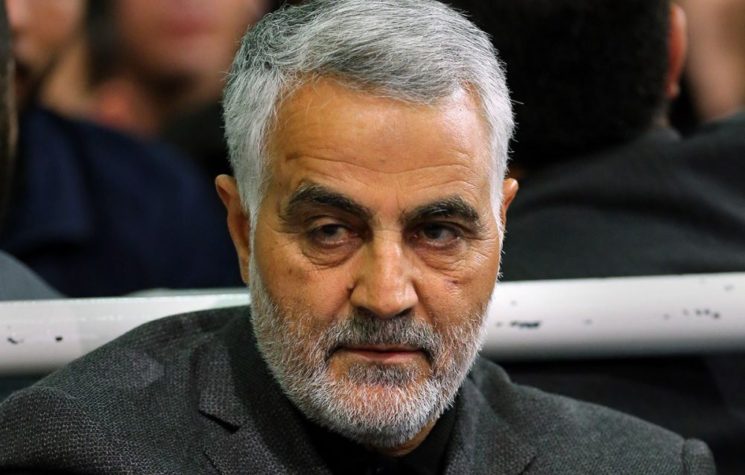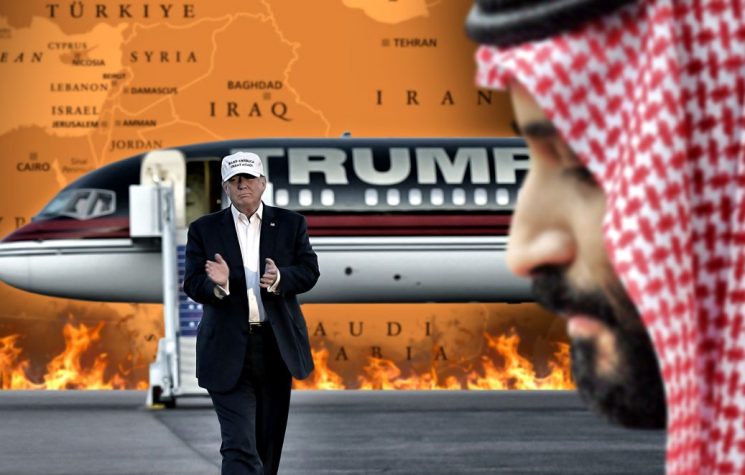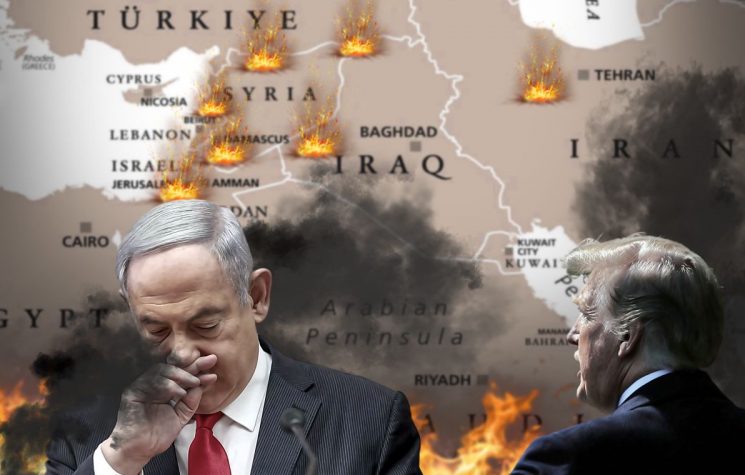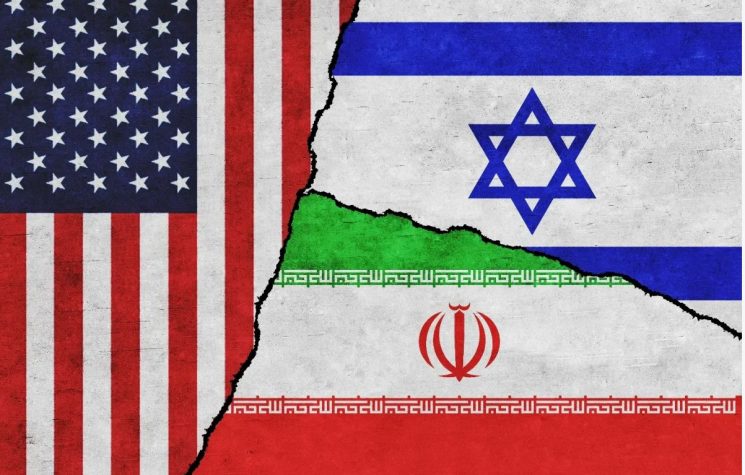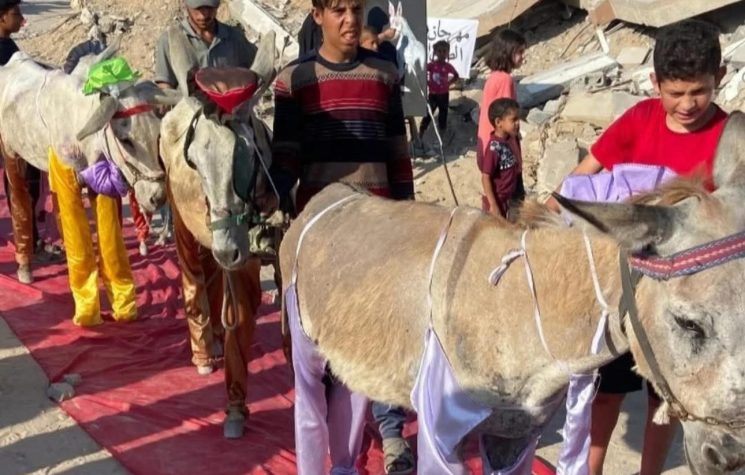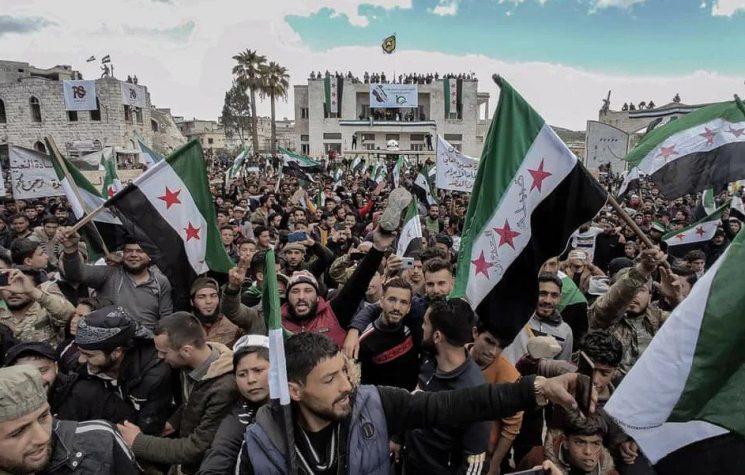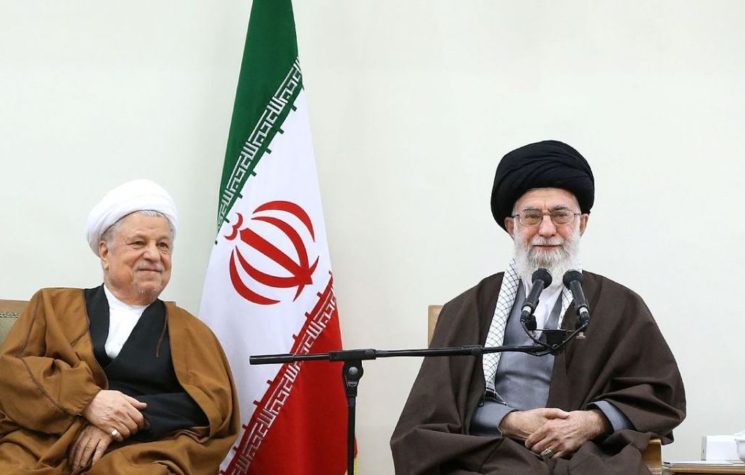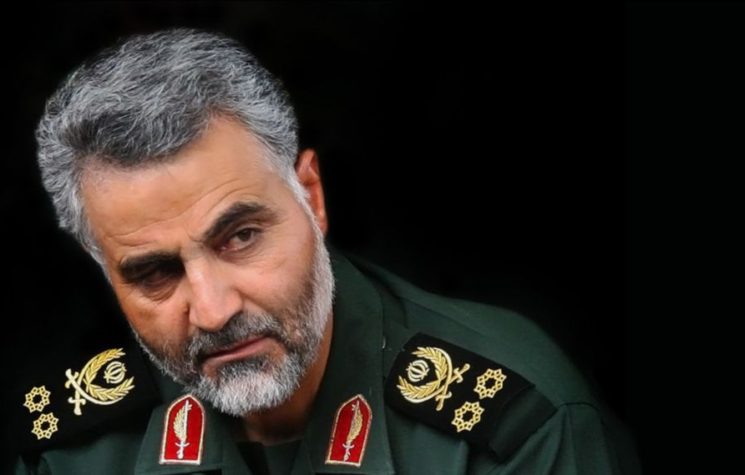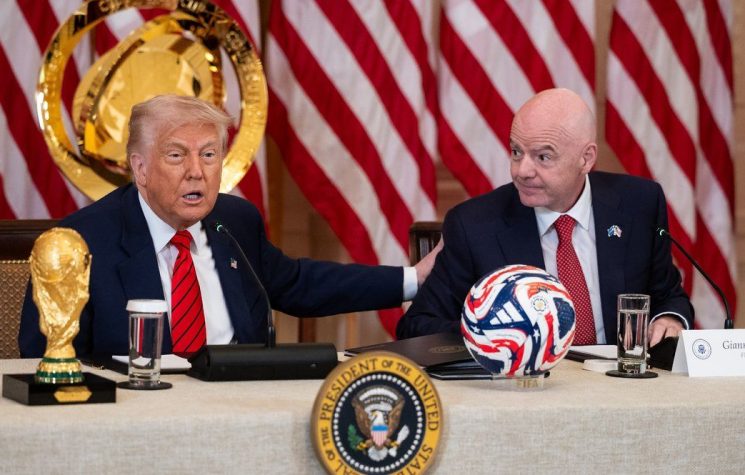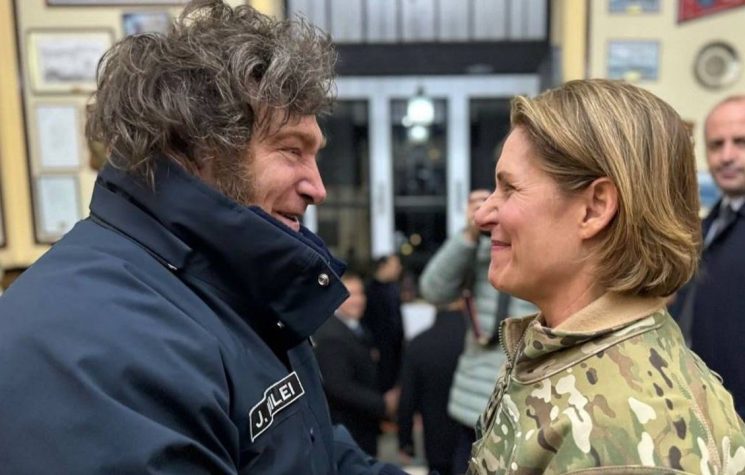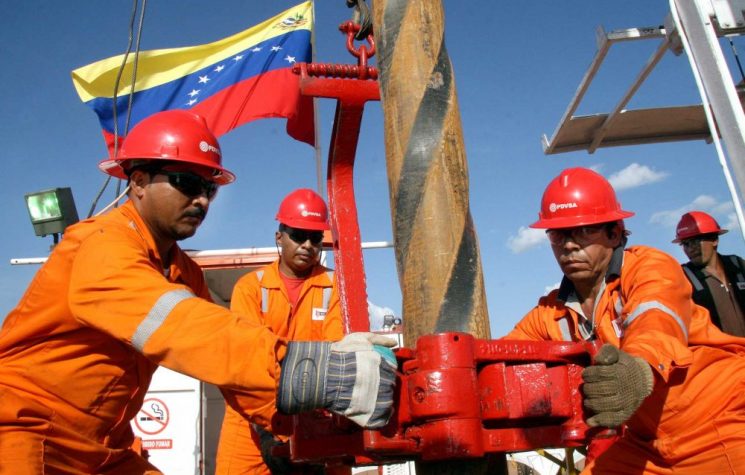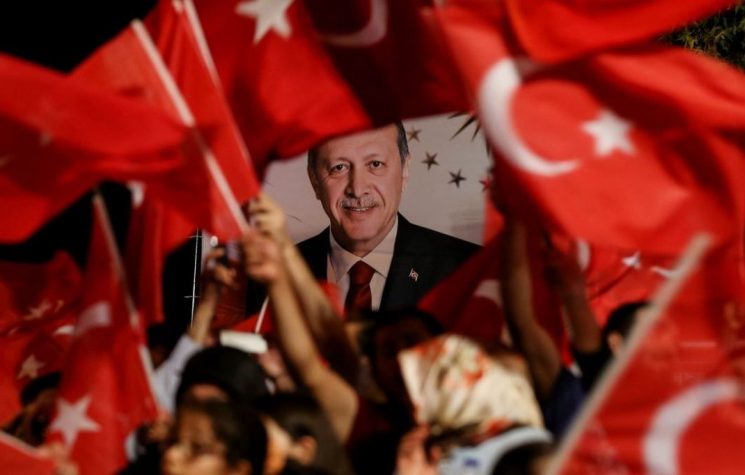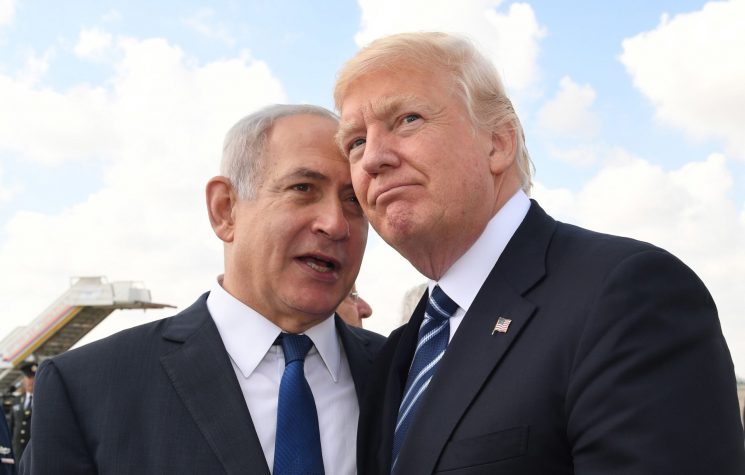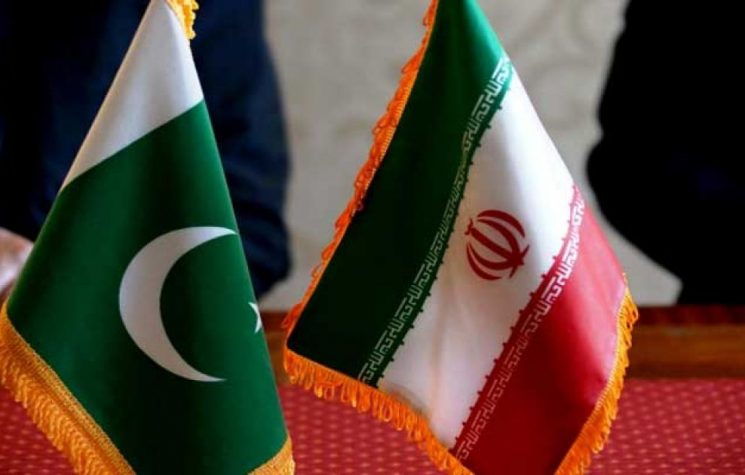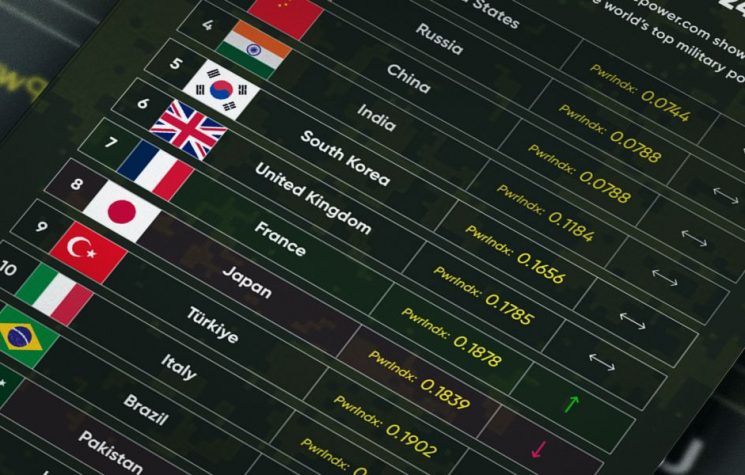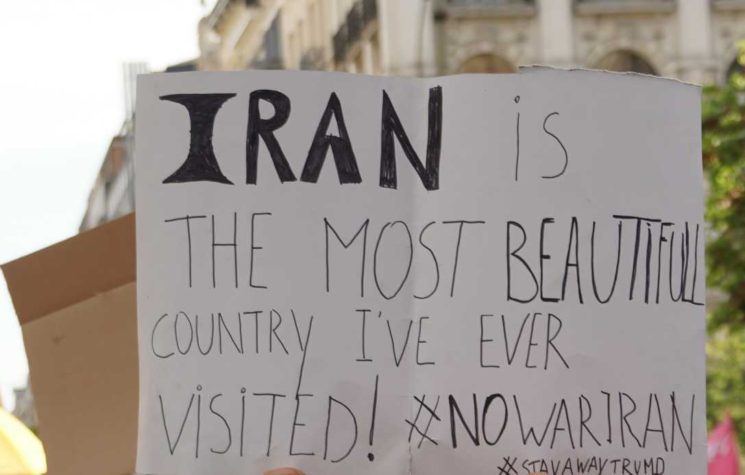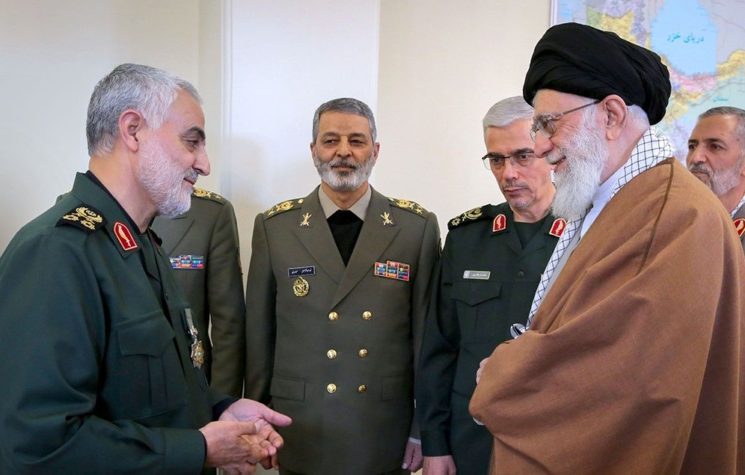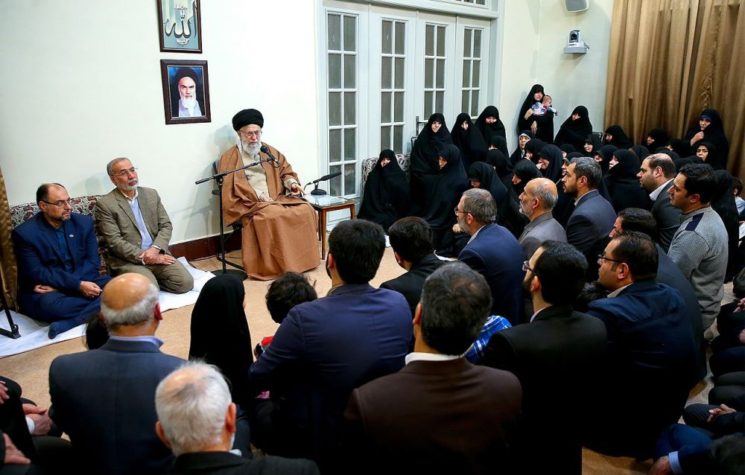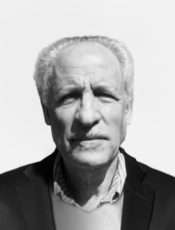Qasem Soleimani’s only recorded interview — his only extensive public statement — was issued online by Iran’s Government, translated into English, the very day it was broadcast, October 1, 2019, but U.S.-and-allied (propaganda) ’news’-media ignored it; and, so, here, for the first time, is that interview, along with my summary of what strike me as being the key statements in it. I also will define the key terms and persons that Soleimani is referring to in his presentation, so that Westerners, and others who might not know his cultural references, will be able to understand what he is saying:
“Untold facts on [2006] Israel-Hezbollah war in an interview with Major General Qassem Soleimani”
1 October 2019 interview Soleimani w. English translation.
Simultaneously, the website of Iran’s Supreme Leader, Ayatollah Ali Khamenei, issued the complete text of the English translation, in the hope that offering it both ways (video and transcript) would cause the interview to be covered in The West, but it was not.
Pro-U.S. background on the 2006 34-day Israeli invasion of Lebanon is provided here:
Large-scale fighting between Israel and Hezbollah in mid-2006 complicated U.S. policy toward Lebanon.4 In a broader sense, the conflict jeopardized not only the long-term stability of Lebanon but presented the U.S. government with a basic dilemma. On one hand, the United States was sympathetic to Israeli military action against a terrorist organization. On the other hand, the fighting dealt a setback to U.S. efforts to support the rebuilding of physical infrastructure and democratic institutions in Lebanon. The fighting also served as a reminder of ongoing Syrian and Iranian support to proxies in Lebanon and the possibility of a larger, regional war.
Wikipedia’s account further says:
Both sides used cluster bombs during the conflict. Israel fired 4.6 million submunitions into dozens of towns and villages in southern Lebanon in 962 separate strikes, circa 90% within the final 72 hours of the war, when the conflict already had been largely resolved by UN Security Council Resolution 1701.[170] Entire towns were covered in cluster bombs. The unguided and imprecise rockets were fired from mobile rocket launching platforms. To compensate for the inaccuracy of the rockets, the areas were flooded with munitions.[171] Israel claimed to have warned civilians prior to a strike, and that firing was limited to open areas or military targets inside urban areas.[172] Israel used advanced cluster munitions produced by Israel Military Industries, and large numbers of older cluster bombs, some produced in the 1970s, purchased from aging American stockpiles. These were fired by multiple rocket launchers, 155mm artillery guns, and dropped by aircraft. As many as 1 million submunitions failed to explode on impact, lingering as land mines that killed or maimed almost 200 people since the war ended.[173] As of 2011, munitions were still causing casualties and being cleared by volunteers.[174]
Hezbollah fired 4,407 submunitions into civilian-populated areas of northern Israel in 113 separate strikes, using Chinese made Type-81 122mm rockets, and Type-90 submunitions. These attacks killed one civilian and wounded twelve.[175]
Human Rights Watch “found that the IDF’s use of cluster munitions was both indiscriminate and disproportionate, in violation of IHL, and in some locations possibly a war crime” because “the vast majority [were dropped] over the final three days when Israel knew a settlement was imminent.”[170] After the ceasefire, parts of southern Lebanon remained uninhabitable due to Israeli unexploded cluster bomblets.[176]
Also phosphorus shells were used by the IDF to attack civilian areas in Lebanon.[177]
Soleimani’s account in the video starts here:
3:50 Israel was trying to ”alter the demography” in southern Lebanon and “force Palestinians to evacuate southern Lebanon to settle in various refugee camps.” He describes there an ethnic-cleansing operation by the Israeli regime. He describes the “massacres” to achieve this end. He says that Condoleezza Rice, when the Israeli massacres of Palestinians were in progress, “described it as the ‘birth pangs’ of the Middle East.” The U.S. Government 100% backed what Israel was doing.
8:00 “We [Iran’s Quds Force and Lebanon’s Hezbollah] had prepared ships for the migration of the people.” Israel expanded their war “to completely change the demography” of southern Lebanon, so as to eliminate not only Palestinians (including not only Shia but also Sunni Palestinians) but also to eliminate non-Palestinian Shia who were living there.
12:05 Israel’s goals were “obliterating Hezbollah and changing the demography of southern Lebabnon.” (That’s commonly called “ethnic cleansing.”)
16:00 Imad Mughniyeh accompanied Soleimani in Lebanon, and was a Hezbollah commander or general
Mughniyeh is described this way by Wikipedia:
According to former CIA agent Robert Baer, “Mughniyah is probably the most intelligent, most capable operative we’ve ever run across, including the KGB or anybody else. He enters by one door, exits by another, changes his cars daily, never makes appointments on a telephone, never is predictable. He only uses people that are loyal to him that he can fully trust. He doesn’t just recruit people.”[31] …
U.S. and Israeli officials have implicated Mughniyeh of many terrorist attacks, primarily against American and Israeli targets. These include 18 April 1983 bombing of the United States embassy in Beirut, Lebanon, which killed 63 people including 17 Americans whom among them were 7 CIA officers which included Robert Ames, the head of the Near East Division. Agreement is not entirely universal on Mughniyeh’s involvement, and Caspar Weinberger, the Secretary of Defense at the time of the attack, told PBS in 2001, “We still do not have the actual knowledge of who was directly behind and responsible for the bombing of the American Embassy in Beirut, Lebanon and we certainly didn’t then.”[24]
Mughniyeh was also accused of planning and organising the 23 October 1983 truck bombings against French paratroopers and the U.S. Marine barracks, attacks which killed 60 French soldiers and 240 Marines.[35][36] While a student at the American University of Beirut (AUB) on 18 January 1984, Mughniyeh allegedly assassinated Malcolm H. Kerr (father of former NBA player/current coach Steve Kerr), the school’s president. On 20 September 1984, he is alleged to have attacked the US embassy annex building.
The United States indicted Mughniyeh (and his collaborator, Hassan Izz al-Din) for the 14 June 1985 hijacking of TWA Flight 847, in which he tortured and murdered the U.S. Navy Seabee diver Robert Stethem.[37] Mughniyeh and his men allegedly tortured Stethem for hours, before killing him and dumping his body onto the airport tarmac.[31]
U.S. and Israeli officials have also alleged that Mughniyeh was involved in numerous kidnappings of Americans in Beirut during the 1980s, most notably the kidnapping of Terry Anderson, Terry Waite, and William Francis Buckley, who was the CIA station chief in Beirut.
Largely because of Soleimani’s close association with Mughniyeh in the 2006 Israel-Lebanon war, American officials have hated Soleimani.
Soleimani then abruptly changes to praising one of Mughniyeh’s heros; he says that Mughniyeh had said (17:25) “For me, Malik was like a prophet.” “Malik” is Malik al-Ashtar, who was praised in an article, dated 25 February 2018, by Iran’s Supreme Leader, Ayatollah Ali Khamenei, titled “Learn patience and sympathy for society from Malik Ashtar”. Malik was a contemporary and follower of Muhammad and rose to lead, in the year 650, fellow-Muslims who were petitioning against the tyrannical ruler of Kufa, whom they called corrupt. Their pleas were rejected by Muawiyah, the first caliph of the Umayyad Caliphate. Malik al-Ashtar asserted that the ruled have rights, not only the ruler does. He was pushing for some degree of democracy, in an era that had virtually none.
Perhaps Soleimani is raising Malik’s example in relation to the rights, independence, and freedom, of the Palestinian people — not only Shia but also Sunni — whose parents and grandparents, and ancestors going back thousands of years, had been almost the total population of that land, until Hitler and many other Christians began in 1938 (Krystallnacht) their ethnic-cleansing of them from Europe. Muslim Arabs, in Palestine, were now being demonized by Christian Europeans and Americans, who wouldn’t accept Christian Europe’s Jewish refugees. The hypocrisy of that is so blatant, but neither Christians nor Muslims nor Jews wish even to acknowledge this crucial historical fact. The precise reason why Soleimani brought up Malik’s name here isn’t certain. In the article from Khamenei, Malik is praised for his tolerance, kindness, and respect for the rights of the people against a tyrannical government.
Soleimani goes on to say that “Imad,” referring to Mughniyeh, was a modern version of Malik.
From here on, the video won’t be referred to but instead the quotations will be from the transcript (since it’s a long interview and contains lots of repetitions):
Soleimani says “[The goal was to] get rid of Hezbollah forever, and the prerequisite was to get rid of a big part of the Lebanese people who lived in a significant part of the country.”
The interviewer asked whether there was 100% agreement among Iran’s leadership to back Hezbollah and to beat back Israel’s attempted ethnic cleansing. Soleimani went off onto a side-issue, and then the interviewer, much later in the interview, asked yet again:
Were there disagreements among the officials or was everyone in accordance?
General Soleimani: At that period of time, there were no oppositions or differences of opinions. That is to say, all of the authorities shared the same view, and unanimously agreed that Iran should support Hezbollah in various aspects, including spiritual and material support (i.e. by providing arms, equipment, facilities) media-related support and all that was in the disposition of the Islamic Republic — within the system, no one hesitated about it; at least at that time. Even when I was in Lebanon I heard there was no worry with this regard. There was complete unity in the Islamic Republic, in terms of supporting Hezbollah and trying to help Hezbollah win the war.
Because the main advocate of this support was the Supreme Leader and thus there was no hesitation in Iran regarding directing this cause, discerning the expediency of the Islamic Republic, Islam, and the Islamic scholars. Of course, even now there may be differences of opinions on certain matters. However, regarding Hezbollah, we have had consensus on all levels.
Soleimani repeatedly refers now to “Sayyid,” honorifically speaking about Hassan Nasrallah as being descended from the Islamic prophet Muhammad through Muhammad’s grandson Husain ibn Ali. Soleimani discusses how “Sayyid” and “Imad” Mughniyeh and Soleimani coordinated their planning with one-another, and won the war and drove the invaders out.
The Wikipedia article on this war says:
On 12 September [2006], former defense minister Moshe Arens spoke of “the defeat of Israel” in calling for a state committee of inquiry. He said that Israel had lost “to a very small group of people, 5,000 Hezbollah fighters, which should have been no match at all for the IDF”, and stated that the conflict could have “some very fateful consequences for the future.”[323] Disclosing his intent to shortly resign, Ilan Harari, the IDF’s chief education officer, stated at a conference of senior IDF officers that Israel lost the war, becoming the first senior active duty officer to publicly state such an opinion.[324] IDF Major General Yiftah Ron Tal, on 4 October 2006 became the second and highest ranking serving officer to express his opinion that the IDF failed “to win the day in the battle against Hezbollah.”
This was a humiliating defeat for Israel.
When Donald Trump assassinated Qasem Soleimani on January 3rd, it was Israel’s revenge.








